ADAS, which stands for Advanced Driver Assistance System, was first used by the French company Renault as one of the innovations in the automobile industry, and until today this technology is one of the main axes of car safety in It is being developed.
In this article from act group, we discuss the process of creation, introduction, development and applications of this system and its various components.
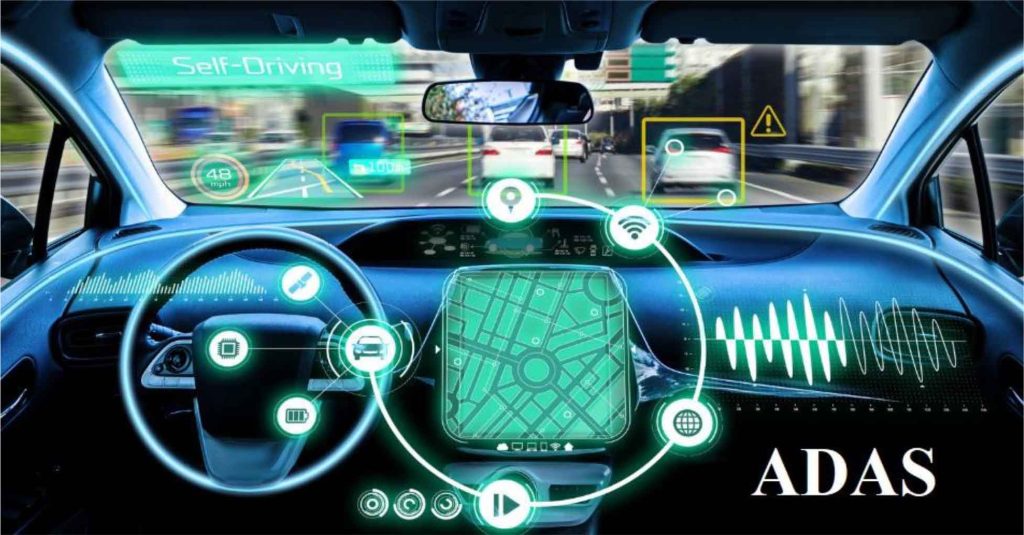
Figure 1
Introduction
The French company Renault, as one of the most innovative companies in the world in the automotive industry, has continuously introduced new innovations to the world car market since the beginning of the history of this industry.
Innovation means designing and developing a wide range of products and services that create value for the customer.
Also, the development of technologies that can meet the expectations of customers. But innovation in another definition means that the automaker produces cars for the future by anticipating and looking at the market.
One of the innovations that Renault created in its products with a forward-looking approach and increasing safety is the ADAS system, which is the basis for the formation of the future horizon of the automobile industry.
ADAS system
Driver Assistance Systems in its most basic definition is a system to help the driver in the driving process.
But the main task of this system; which is a collection of diverse subsystems with advanced technology levels; Increasing the safety of cars, drivers, passengers and generally increasing road safety.
The process of technology development to increase the safety of cars is shown in Figure 2.

Figure 2: The trend of car safety technology
In fact, an advanced driver assistance system is a group of electronic technologies that help drivers perform driving and parking functions.
The ADAS system increases car and road safety through a safe human-machine interface and significantly reduces the amount of accidents and damages.
This system uses automated technology such as sensors and cameras to detect obstacles or driver errors and provide the appropriate reaction and response.
The efficiency of this system is not specific and its purpose is to help the driver in various aspects of driving.
Also, one of the capabilities of this system is to reduce the risk in driving and increase the safety of cars and roads and prevent accidents in the form of an interconnected network.
The current generation of the ADAS system is based on ISO 26262 safety systems and the development of new technologies of the IEEE 2020 standard for the quality of receiving images and using the API communication protocol for other vehicles and elements in the processor’s information database.
But the communication process in the next generation will be based on the creation of a vehicle-to-vehicle V2V network platform and a vehicle-to-V2X infrastructure, which will provide the ability to separate and provide information in a more optimal way.
Six levels of ADAS
ADAS system can enable different levels of autonomous driving depending on the features installed in the vehicle.
These systems are classified into different levels based on the degree of automation and scale provided by the Society of Automotive Engineers (SAE).
The ADAS system can be divided into six levels. At zero level, the ADAS system has no function and cannot control the car and can only provide information to the driver for the driver to interpret this information alone.
Such as: parking sensors, surround view, traffic sign detection, lane departure warning, night vision, blind spot sensor, rear cross traffic warning, and forward collision warning.
Levels 1 and 2 are very similar in that they both place a greater amount of decision making on the driver.
The difference between them is that level 1 can take control of one function and level 2 can take control of several things to help the driver.
ADAS system considered level 1 includes: adaptive cruise control, advanced automatic emergency braking, forward collision warning.
In this process, from level 3 to 5, the amount of car control increases. Level 5 is where the vehicle is fully autonomous.
In fact, the six levels of the ADAS system can be expressed as follows:
- Zero level: No function
- Level One: Remove the legs
- Level Two: Remove the hands
- Level three: Eyes closed
- Level Four: Silent mind
- Level five: Optional command control
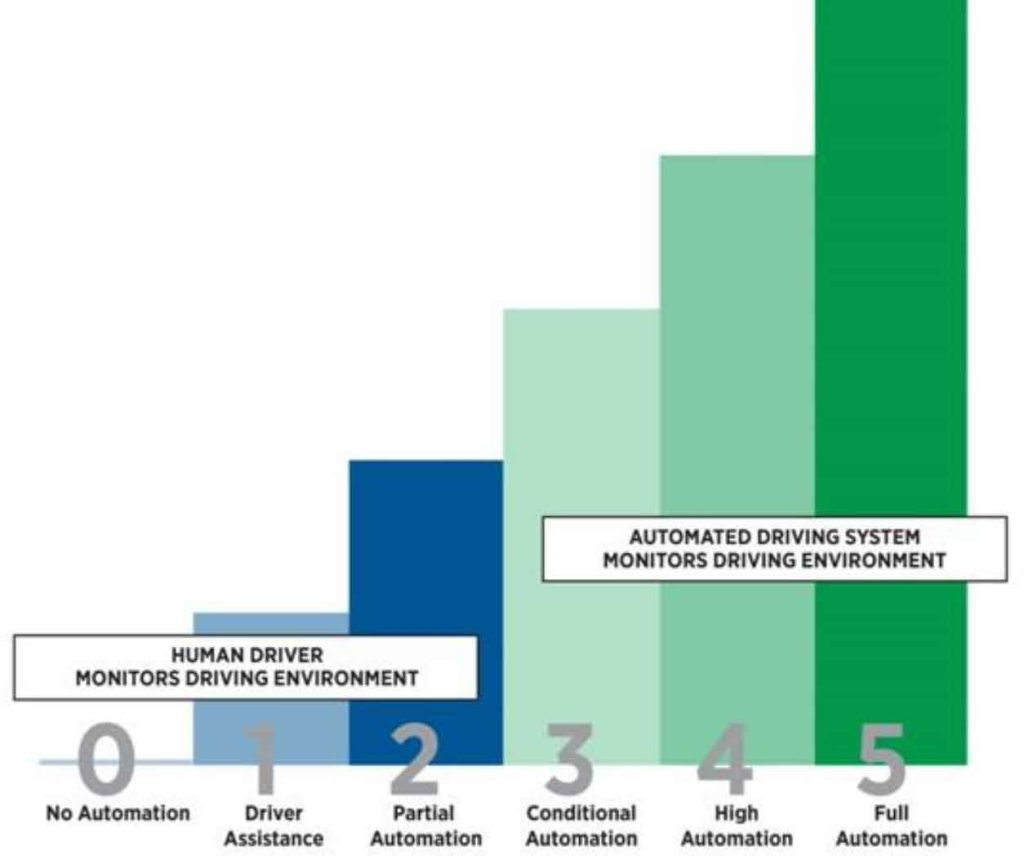
Figure 3: Six levels of ADAS system
Applications of ADAS system
ADAS system is more than a system with specific performance, but a concept that can be extended to many applications in the automotive industry.
For this reason, a number of these applications based on the ADAS system are mentioned below. Things like the automatic on and off system of car lights, rain detection sensor, tire pressure sensor, adaptive cruise control that can detect road traffic and reduce and increase the speed of the car, positioning and routing based on GPS, detecting driver drowsiness.
automatic parking, automatic side lights when turning, electronic stability control system, gear change guidance system, obstacle warning sensors, traffic sign recognition system to implement each one, pedestrian protection system and many other things that help the driver while driving. are only part of ADAS system applications.

System users ADAS
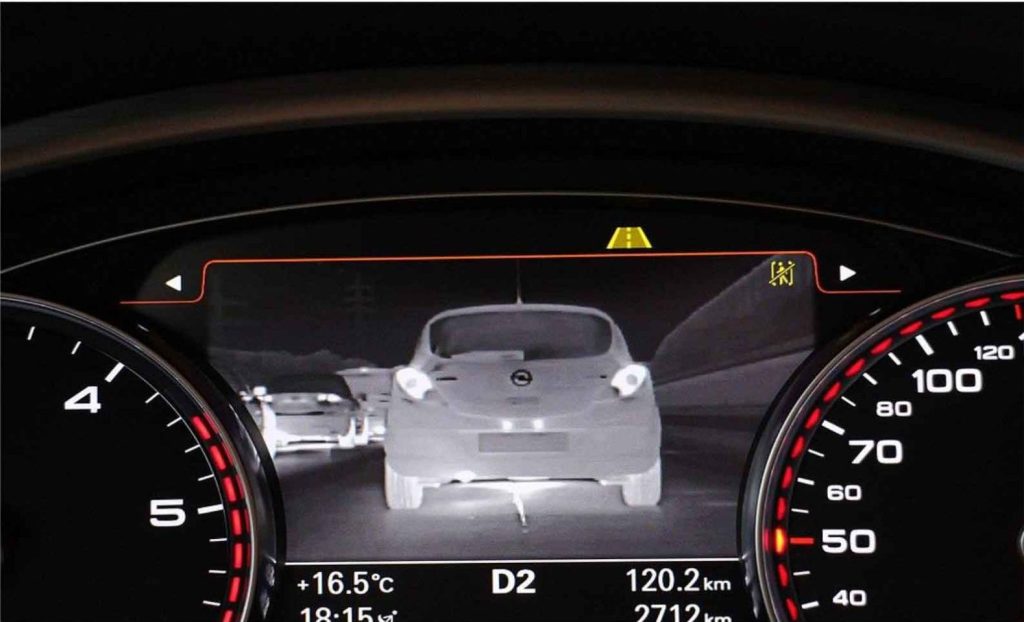
Car night vision
ADAS system accuracy
The accuracy of this system is very dependent on the type of application and the type and quality of the equipment used.
It is for this reason that the ADAS system is driven by technological advances in sensor and sensor technology.
For example, technological advancements in radar and sensors have provided the basis for ADAS to more accurately determine the distance between vehicles and objects.
It is also this issue that has enabled the ADAS system to perform more complex operations such as adaptive cruise control, blind spot monitor, collision avoidance system, lane departure warning systems and driver monitoring system.
Technological advancement in the field of image processing, improving the design quality and implementation of RF circuits for the development of radars, the development of deep learning and machine learning are all the most important factors affecting the accuracy of the ADAS system.
Economic market of ADAS system
The projected market for the use of this system in cars by 2023 has estimated an income of 504.5 million dollars for the United States.
As the world’s best-selling region for these types of cars, North America is home to notable manufacturers of ADAS systems such as Autoliv, TRW, and QNX.
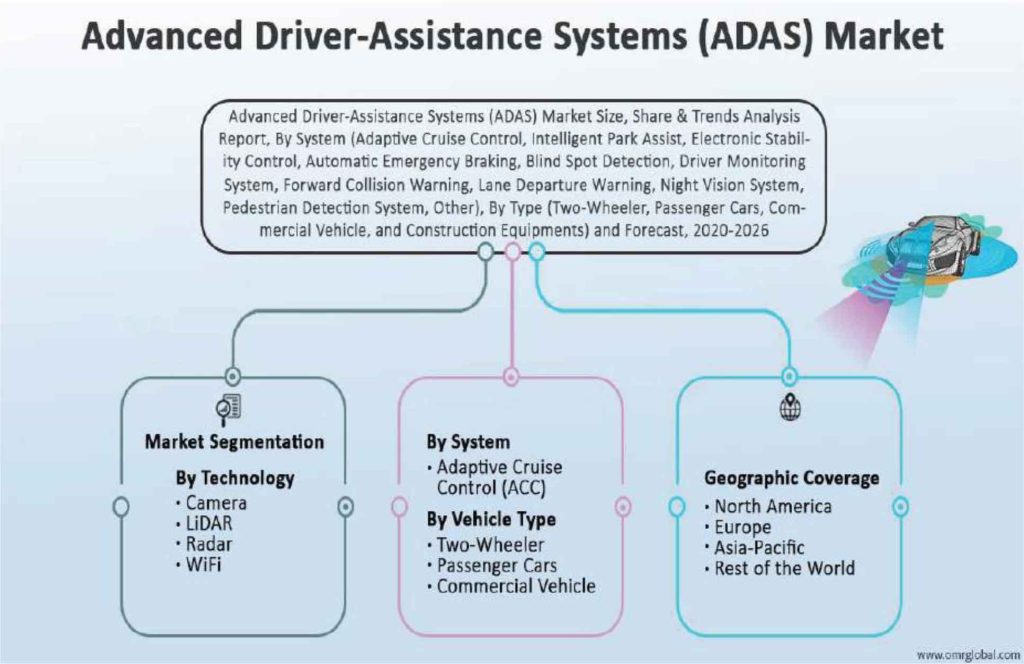
Figure 4: ADAS system market
in the implementation and market size of the ADAS system , one of which is technology. In this regard, camera technologies, LiDAR for distance measurement, radar and Wi-Fi are among the most important things, each of which is considered a basic requirement in the implementation of ADAS system with different efficiencies.
Also, in terms of efficiency and depending on the desired application of the ADAS system in the car, the costs will be varied and affected by the price and the audience market.
The main things that will be effective in this matter are:
- Adaptive cruise control
- Intelligent park assist
- Electronic stability control
- Automatic emergency braking
- Blind spot detection
- Adaptive lighting system
- Driver monitoring system
- Forward collision warning
- Lane departure warning
- Night vision system
- Pedestrian detection system.
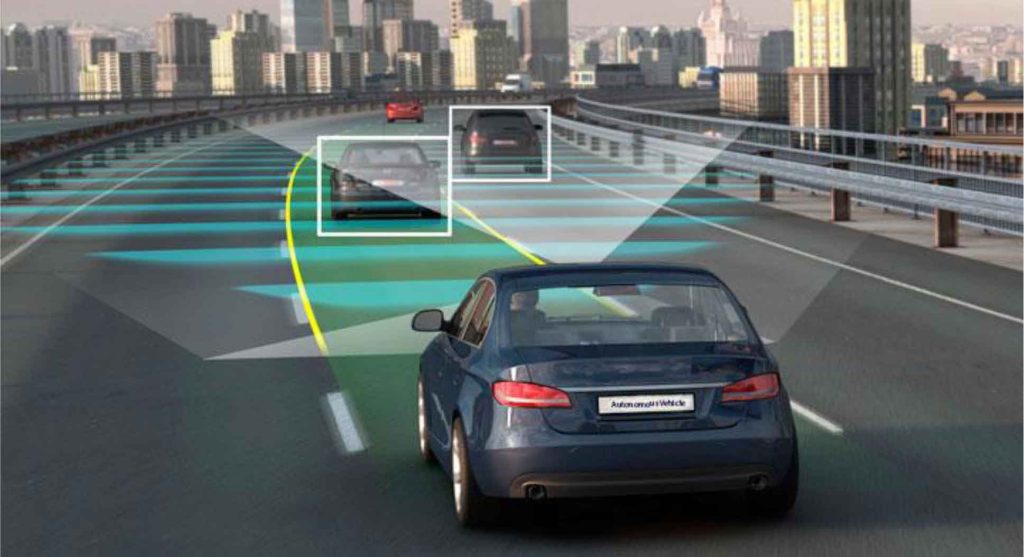
Figure 5: Simultaneous radar and camera monitoring in the ADAS system
Of course, ADAS system can be used in two-wheeled systems, three-wheeled economic cars, passenger cars, electric cars, commercial vehicles, trucks and passenger cars and construction equipment due to its wide range of topics and applications.
It provides a wide market for the use of this technology and, accordingly, its ever-increasing progress and development.
Requirements of ADAS system
Considering all the mentioned cases, the implementation of the ADAS system in the car depends more than anything on the intended application, and it is according to this issue that the necessary software and hardware for the implementation in the car are determined.
From this point of view, subsystems such as cameras, types of light, weight, temperature, pressure, movement and ultrasonic sensors and many others, central processor to analyze the data received from the sensor, design and implement the command circuit or interface circuit to control the desired parameters of the ADAS system.
GPS- based navigation circuits along with display and monitoring unit set for the driver, accelerometer circuits and vehicle steering and speed control circuits are required to realize the ADAS system. For this reason, a list of required items, circuits and equipment should be selected according to the intended applications.




0 Comments